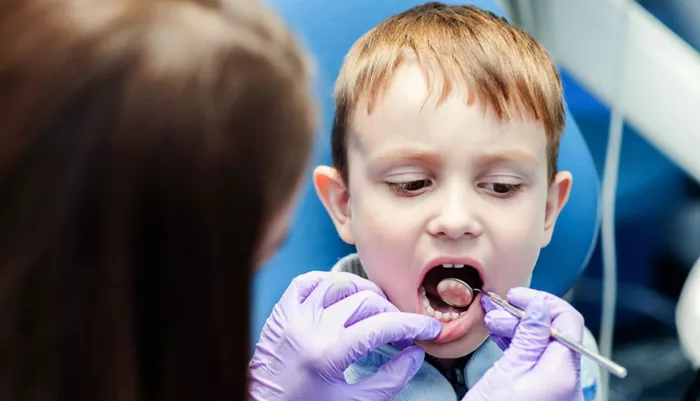76
Recent health data indicates a disturbing increase in malnutrition among American children, leading to a resurgence of scurvy—a disease nearly eradicated in the developed world. Scurvy, caused by a severe deficiency of vitamin C, results in symptoms such as loosening and loss of teeth, bleeding gums, and excruciating pain. Experts are linking the rise in this ancient disease to poor dietary habits, particularly the reduced consumption of fresh fruits, vegetables, and balanced meals.
Advertisements


